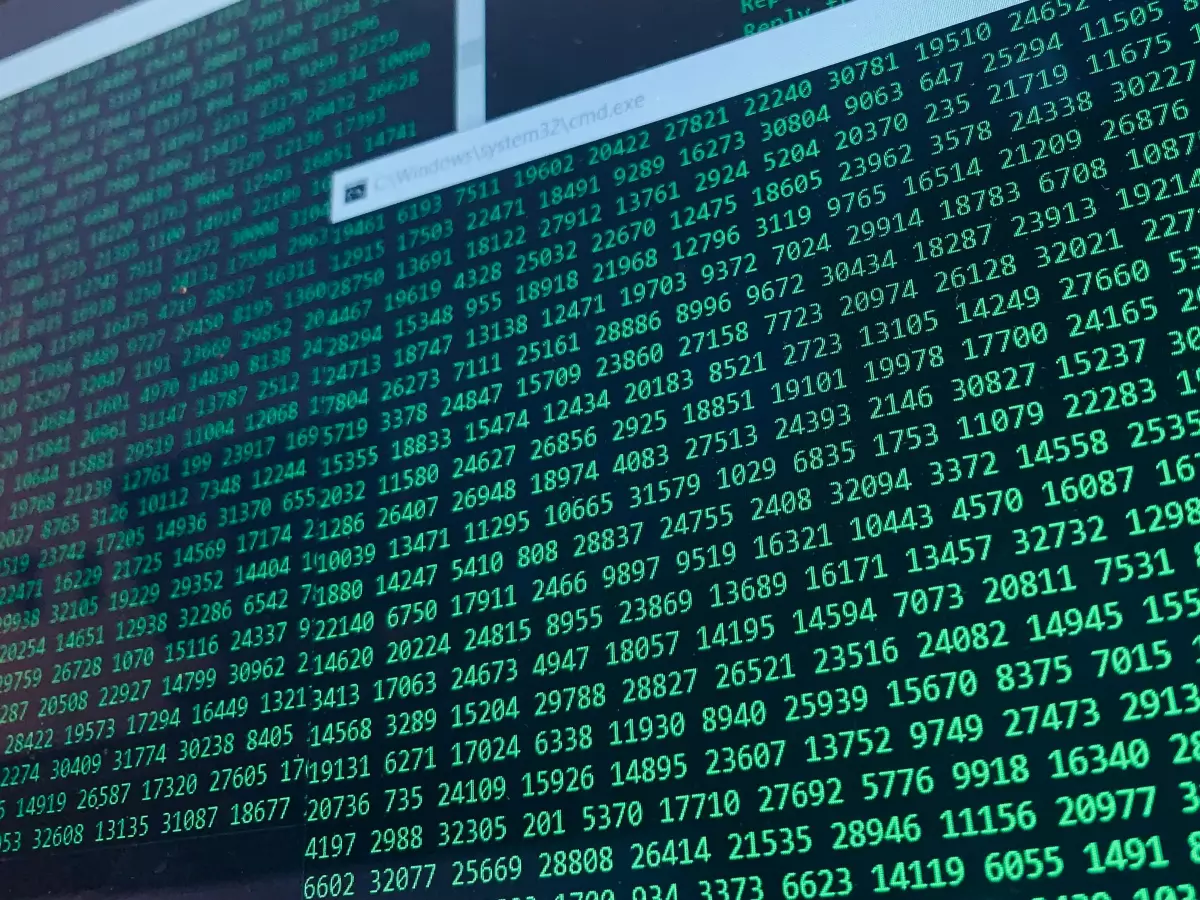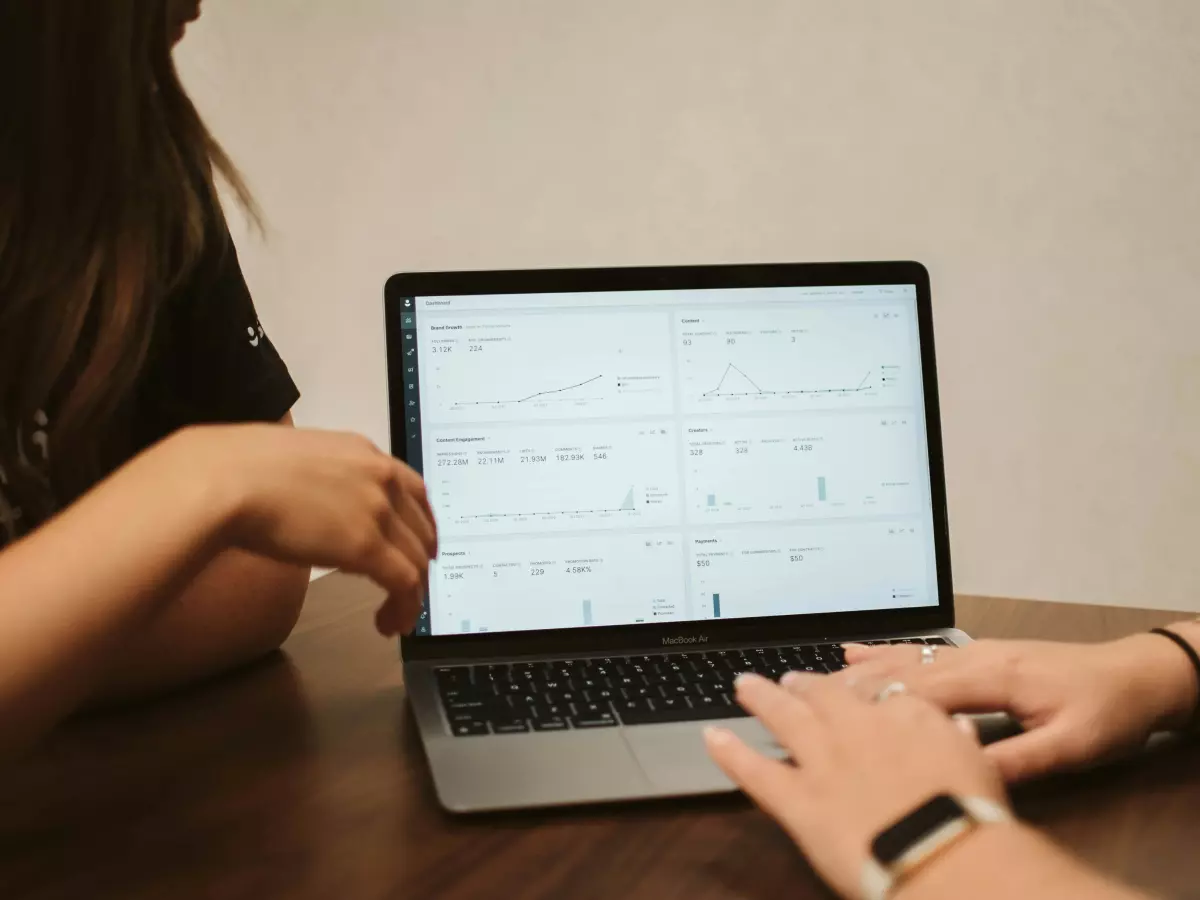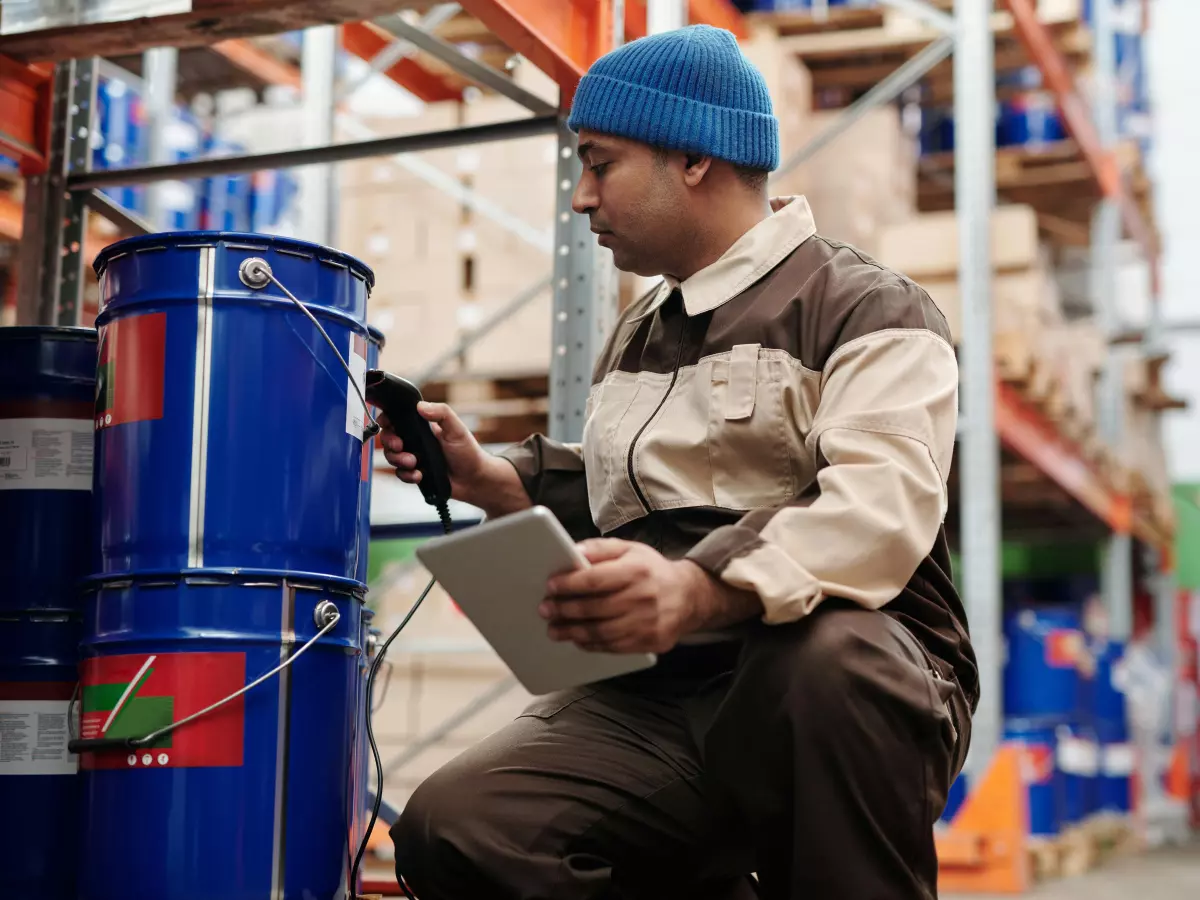Data Preprocessing
If you're not preprocessing your data before diving into big data analytics, you're missing out on cleaner, faster, and more accurate results. Here's why it matters.

By Wei-Li Cheng
Big data is messy. Like, really messy. Imagine trying to make sense of a mountain of information that’s full of duplicates, missing values, and inconsistencies. Sounds like a nightmare, right? Well, that’s where data preprocessing comes in, and trust me, it’s the unsung hero of the big data world.
Data preprocessing is the essential first step in any big data project. It’s the process of cleaning, transforming, and organizing raw data into a format that’s ready for analysis. Without it, your analytics tools are basically trying to read hieroglyphics. And unless you’re a data archaeologist, that’s not going to end well.
So, why is data preprocessing so important? Let’s break it down. When you’re dealing with big data, you’re often working with datasets that are massive, unstructured, and full of noise. If you don’t clean up that data first, you’re going to end up with inaccurate insights, slower processing times, and a whole lot of frustration. In fact, some experts say that up to 80% of the time spent on big data projects is dedicated to preprocessing. That’s how crucial it is.
What Exactly Is Data Preprocessing?
Okay, so we know it’s important, but what does data preprocessing actually involve? It’s not just about deleting a few rows of bad data and calling it a day. It’s a multi-step process that includes:
- Data Cleaning: This is where you get rid of the junk. Think missing values, duplicates, and outliers. If your dataset is a pizza, data cleaning is scraping off the burnt cheese.
- Data Transformation: Once your data is clean, it’s time to transform it. This could mean normalizing the data (i.e., scaling it so that all the values are on the same playing field), encoding categorical variables, or even creating new features that make the data more useful for analysis.
- Data Reduction: Big data can be overwhelming, so sometimes it’s necessary to reduce the size of your dataset without losing important information. Techniques like dimensionality reduction (e.g., PCA) or sampling can help streamline your data.
- Data Integration: Often, big data comes from multiple sources. Data integration is the process of combining these different datasets into a single, cohesive whole.
Each of these steps is critical to ensuring that your data is in tip-top shape before you start analyzing it. Skipping any of them is like trying to bake a cake without mixing the ingredients first—you’re going to end up with a mess.
Why Does Data Preprocessing Matter for Big Data?
Great question. The short answer? Because big data is, well, big. And messy. And complicated. If you don’t preprocess it, you’re going to run into a ton of problems down the line.
For starters, raw big data is often unstructured. Think about all the different formats data can come in—text, images, videos, logs, sensor data, you name it. Without preprocessing, your analytics tools won’t know how to handle all these different types of data. It’s like trying to fit a square peg into a round hole.
Then there’s the issue of noise. Big data is notorious for being full of irrelevant or incorrect information. If you don’t clean up that noise, it’s going to skew your results and make your insights less accurate. And let’s be real—no one wants to make business decisions based on bad data.
Finally, preprocessing can significantly speed up your data processing times. When your data is clean, organized, and ready to go, your analytics tools can work much more efficiently. This means faster results, which is especially important when you’re dealing with real-time data or time-sensitive projects.
How to Get Started with Data Preprocessing
Alright, so you’re convinced that data preprocessing is important. Now what? How do you actually get started?
First, you’ll need to choose the right tools for the job. There are a ton of data preprocessing tools out there, ranging from open-source options like Python’s pandas and NumPy libraries to more advanced platforms like Apache Spark. The right tool for you will depend on the size and complexity of your dataset, as well as your specific needs.
Next, you’ll want to establish a clear preprocessing workflow. This means defining the steps you’ll take to clean, transform, and organize your data. It’s a good idea to document this process so that you can replicate it for future projects.
Finally, don’t be afraid to iterate. Data preprocessing is rarely a one-and-done process. As you start analyzing your data, you may discover new issues that need to be addressed. Be prepared to go back and tweak your preprocessing steps as needed.
Final Thoughts
At the end of the day, data preprocessing is the foundation of any successful big data project. It might not be the most glamorous part of the process, but it’s absolutely essential. Without it, you’re setting yourself up for slower processing times, inaccurate insights, and a whole lot of headaches.
So, the next time you’re tackling a big data project, don’t skip the preprocessing. Trust me, your future self will thank you.





